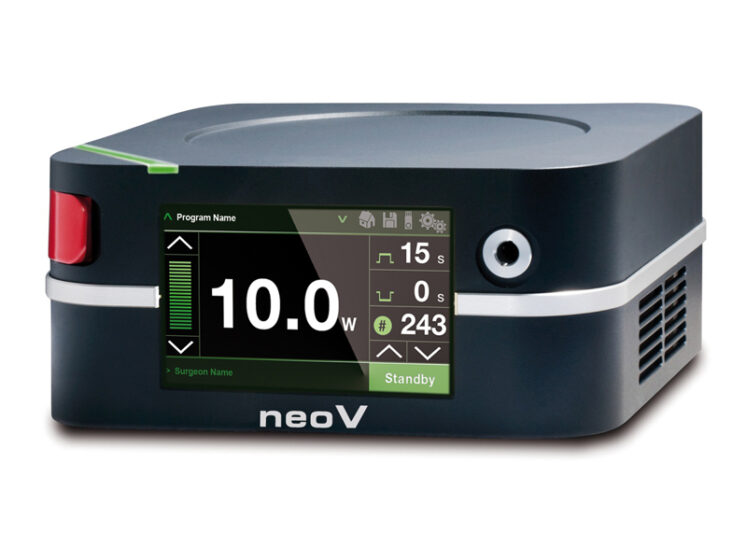Endovascular & Vascular Surgery
Pinhole minimally invasive image-guided therapeutic procedures for the treatment of Conditions of the Vascular system of the human body.

TREATMENT
Diseases we Treat
Peripheral vascular disease (PVD) is a slow and progressive circulation disorder. Narrowing, blockage, or spasms in a blood vessel can cause PVD.
PVD may affect any blood vessel outside of the heart including the arteries, veins, or lymphatic vessels. Organs supplied by these vessels, such as the brain, and legs, may not get enough blood flow for proper function. However, the legs and feet are most commonly affected.
Peripheral vascular disease is also called peripheral arterial disease.

Types of PVD
- Ischemic wound
- Gangrene
- Critical limb ischemia(Acute/Chronic)
- Claudication
- Rest pain
Interventional Procedures
- Peripheral Vascular angioplasty and stenting.
- Intravascular lithotripsy (IVL).
- Intraarterial thromboaspiration and thrombolysis.
- Catheter-directed thrombolysis
An aortic aneurysm occurs when a weak spot in the wall of the aorta begins to bulge, as shown in the image on the left. An aneurysm can occur anywhere in the aorta. Having an aortic aneurysm increases the risk of a tear in the aortic lining (aortic dissection), as shown in the image on the right.
Deep vein thrombosis (DVT) occurs when a blood clot (thrombus) forms in one or more of the deep veins in your body, usually in your legs. Deep vein thrombosis can cause leg pain or swelling but also can occur with no symptoms

Interventional Procedures
- Catheter directed thrombosis(CDT)
- Pharmacomechanical thrombolysis(PMT)
- Venous stenting
Varicose veins are twisted, enlarged veins. Any superficial vein may become varicosed, but the veins most commonly affected are those in your legs. That's because standing and walking upright increases the pressure in the veins of your lower body.

Interventional Procedures
- Endovascular Laser ablation therapy (EVLT)
- Foam Sclerotherapy
- Ambulatory Phlebectomy
TECHNOLOGY
Devices for IR Procedures

Shockwave IVL
Shock wave lithotripsy uses high-energy shock (pressure) waves to break up heavily calcified arterial blocks

AngioJet System
A pharmacomechanical peripheral thrombectomy device with active aspiration to treat arterial thrombosis, deep venous thrombosis

neoLaser EVLA
State-of-the-art Endovenous Laser Ablation for Varicose Veins-d precise use of energy to coagulate the vein, with minimal impact on neighbouring structures.

Penumbra System
Fully-integrated system designed specifically for mechanical thrombectomy used in Deep venous thrombosis & DVT Peripheral thrombosis



